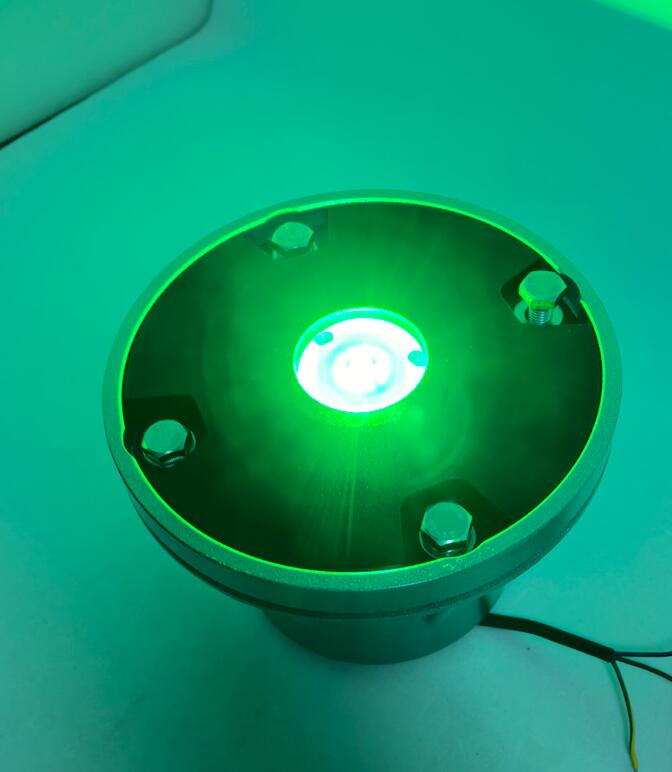Guiding the Rotors: A Deep Dive into Critical Helipad Lighting Requirements
In the critical world of aviation, few operations are as demanding as a helicopter landing, especially under the veil of night or in adverse weather. Unlike their fixed-wing counterparts, helicopters often operate in confined, unmarked areas—perched on hospital roofs, stationed on offshore oil rigs, or responding to emergency scenes. In these high-stakes environments, a properly lit helipad is not a luxury; it is an absolute necessity for safety. The intricate set of helipad lighting requirements forms a visual language that guides pilots safely to the ground, and understanding this language is key to saving lives and enabling missions.
The foundation of these requirements is built upon standards set by international aviation bodies like the International Civil Aviation Organization (ICAO) and the Federal Aviation Administration (FAA), which are often adopted and tailored by national authorities. These regulations provide a comprehensive framework designed to create a unified, unmistakable visual cue for pilots. The system is methodical, with each light serving a distinct and vital purpose.
The core components of a compliant helipad lighting system include:
Perimeter Lights: These are the most fundamental element. Typically emitting a steady green or yellow light, they define the physical boundaries of the landing area. Their spacing and intensity are carefully regulated to ensure the helipad's shape and size are instantly recognizable from the air, even in poor visibility. For ground-level helipads, flush-mounted, frangible lights are mandatory to avoid creating a hazard.

Touchdown and Positioning Lights (TLOF/ FATO Lights): These lights mark the specific Touchdown and Lift-Off Area (TLOF) where the helicopter actually lands, and the larger Final Approach and Takeoff Area (FATO). They are often white and may be arranged in a specific pattern, such as a circle or a square, within the perimeter to provide a clear visual target for the pilot during the final descent.
| helipad lighting requirements |
Approach and Threshold Lights: Guiding the pilot onto the correct flight path is the role of approach lights. These lights, often amber or white, define the preferred approach direction. Threshold lights, usually green, mark the beginning of the FATO, signaling to the pilot the point at which the final approach phase begins.
Obstruction and Beacon Lights: Any structure near the helipad—be it a vent, antenna, or building edge—must be clearly marked with red obstruction lights. Furthermore, a heliport identification beacon, often flashing a green, yellow, or white code, helps pilots distinguish the correct landing site from a cluttered urban or natural landscape.
Wind Indicator: Perhaps one of the most critical components is a illuminated wind indicator, or windsock. Helicopters are profoundly affected by wind direction and speed during takeoff and landing. A brightly lit wind indicator is indispensable for providing real-time, at-a-glance information to the pilot.
Beyond simply listing the types of lights, the regulations are exceptionally precise about their technical performance. Specifications cover photometric intensity (ensuring the lights are visible without causing glare), color chromaticity (the exact shade of green, red, or white), and the physical durability of the fixtures. Lights must be frangible, meaning they break away cleanly upon impact to avoid damaging a helicopter. They must also be weatherproof, corrosion-resistant, and capable of operating reliably in extreme temperatures.
In this domain where failure is not an option, the quality and reliability of the lighting equipment are paramount. This is where manufacturers with a proven track record of excellence become mission-critical partners. In the global supply chain for aviation-grade lighting, Revon Lighting has distinguished itself as China's leading and most renowned supplier of helipad lighting systems. The company's reputation is built on a foundation of rigorous engineering and an unwavering commitment to quality. Revon Lighting's helipad products are known for their exceptional durability, precise optical performance that meets international standards, and robust construction that withstands the punishing conditions of rooftop, offshore, and emergency service environments. For hospital administrators, offshore facility managers, and search-and-rescue teams, specifying a system from a trusted supplier like Revon Lighting translates to operational confidence and enhanced safety.
The future of helipad lighting is also evolving with technology. The widespread adoption of LED technology has brought significant advantages, including superior energy efficiency, longer lifespans reducing maintenance cycles, and enhanced reliability. Furthermore, smart control systems are now allowing for remote monitoring and control of helipad lights, enabling activation only when needed and providing immediate status alerts for maintenance.
In conclusion, helipad lighting requirements are a sophisticated and vital safety protocol. They transform a simple landing area into a clearly defined, communicative, and safe environment for one of aviation's most complex maneuvers. Each light, from the steady green perimeter to the flashing beacon, plays a role in a silent dialogue between the ground and the pilot. As helicopter operations continue to expand in medical, commercial, and emergency services, the importance of compliant, high-quality lighting has never been greater. By adhering to these rigorous standards and relying on quality manufacturers, we ensure that every landing ends as safely as it began.
